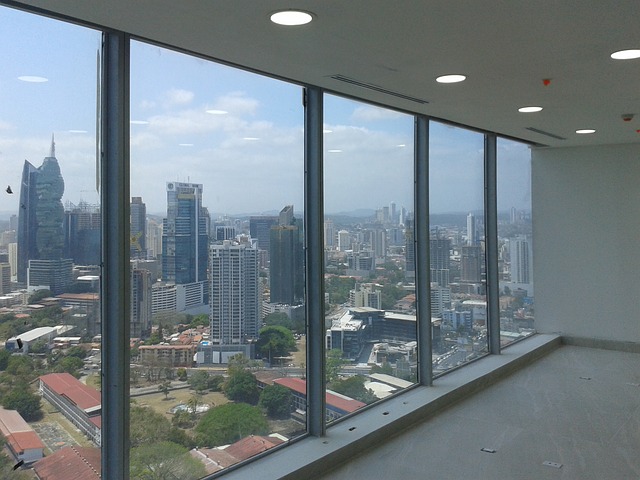
Have you heard of tray cables? They are commonly used in office buildings, manufacturing facilities, hospitals, warehouses and other commercial spaces. Like all cables, tray cables feature multiple conductors, with each conductor wrapped in insulation. Tray cables, however, are designed specifically for use in a cable tray.
What Are Tray Cables?
Tray cables consist of any type of cable that’s designed for use in a tray. Cable trays are assemblies to which tray cables can be secured. They are often found in the ceilings of buildings. Rather than using an open wiring system, many buildings feature ceiling-installed cable trays. Cables can be secured to these trays in the ceilings to route them to the appropriate spaces in the building.
Common types of cable trays include the following:
- Ventilated: has small holes on the bottom through which tray cables can exit
- Solid: features a solid bottom without any holes
- Ladder: supported by a ladder-like bar
- Channel: consists of a rectangular, one-piece tray
Features of Tray Cables
While available in many different types, tray cables often share some common characteristics. You can expect tray cables to feature a fire-resistant jacket, for instance. Tray cables are designed for use in an open space, such as ceilings. Because they are used in open spaces, they require a fire-resistant jacket.
Most tray cables are also resistant to water and moisture. The open spaces in which they are used often experience high humidity. Humidity, of course, is moisture vapor in the air. While humidity can cause some types of cables to fail, it’s of little or no concern to tray cables. Tray cables are designed to withstand moisture.
You might be surprised to learn that many tray cables can be used outdoors. They aren’t used exclusively indoors. With their heavy-duty jacket, as well as their moisture-resistant properties, tray cables can be used outdoors. As long as there’s a tray system present, you can install tray cables outdoors.
Tray cables designed for outdoor use are resistant to sunlight. They won’t crack, warm or otherwise degrade when exposed to sunlight. Rather, they can withstand sunlight while maintaining a high level of conductivity.
It’s important to note that tray cables often require cleaning. When installed indoors, they’ll attract dust. While superficial dust shouldn’t interfere with their performance, it may pose a fire hazard as it accumulates. Therefore, tray cables should be cleaned regularly to prevent the buildup of dust.

